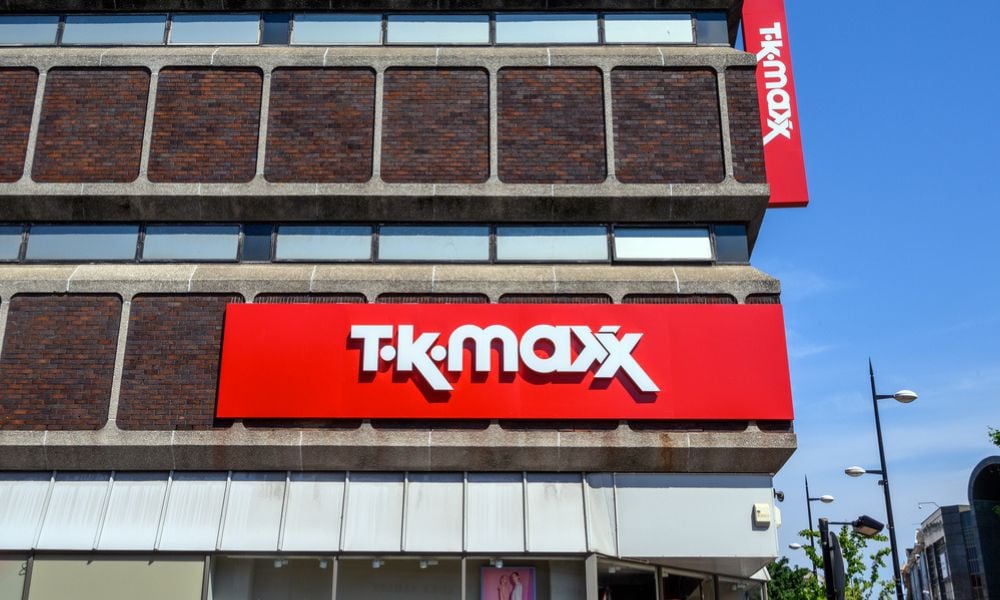A new report has shed light on Australia's changing workforce make-up, leading industry experts to call for reforms to Australia's "20th century industrial relations framework".
With the temporary workforce expected to break 500,000 by 2015, there have been new calls to action from industry leaders, urging policy makers to overhaul Australia’s antiquated IR framework to better meet the needs of a rapidly changing, increasingly diverse workplace.
Speaking at the launch the Adecco Group’s 2013 edition of the Temporary Labour Report, Adecco’s ANZ chief executive Jeff Doyle pointed out: “We have a 2% growth in temporary labour in 2012, and with almost 30% of Australians now working in part-time roles, our 20th century industrial relations framework does not reflect this shift to a more flexible workforce.
“We are in a situation where we’ve got young kids struggling to find a job to the other extreme of older Australians wanting to work - but not 9 to 5, 5 days week - so we can’t ignore the need for a more flexible industrial relations framework anymore,” Doyle said.
The 2013 Temporary Labour Report also found that over half of the organisations surveyed (53.6%) expect to hire temporary employees in 2013.
“Equally, the continued rise in temporary labour reflects the need for Australian companies to have flexibility to address the skills shortage that continues to be a significant issue, with our report identifying 86% of organisations surveyed expect to face a skills shortage in 2013,” Doyle said.
“Over the last few years, temporary labour is proving itself as the key factor in sustaining a competitive and robust marketplace in Australia. Giving companies the ability to manage resource fluctuations, expand easily and increase workforce participation across society, can often mean the difference between offering a temporary job and not offering a job at all in this environment of subdued business confidence.
“Temporary labour also helps to reduce the pool of under-utilised developed talent in this country by giving older professionals, carers and students the opportunity to participate in the workforce in a way that suits them,” he added.
Doyle added the total youth unemployment rate for Australian’s aged 15 to 19 is 17%. And while many of these teenagers are still in education, Doyle said a part-time or casual seasonal job may give them their first employment experience and may lead to their first role after school or college.
“It is essential that businesses can hire these teenagers easily so we can increase the employability of our youth by building their workplace skills and experience while addressing our very real skills shortage at the same time,” Doyle added.
A number of industry sectors have experienced a double-digit increase in their temporary labour hire with mining and resources at the top of the list with a 91.7% growth over the past four years, followed by energy and utilities with 51.1%, engineering and technical (29.5%), sales and marketing (21%) and government (13.7%).
One third of temporary workers who contributed to the report intend to stay in their roles for over two years and the most popular reasons for choosing temporary labour are as a stepping stone to full time employment (30.5%), because it’s hard to find a permanent role (24.0%) and because they like the flexibility (45.5%).








